Over the past year I have been testing both the Athlon Ares G2 UHD 20-60x85mm Angled Spotting Scope and the Athlon Ares G2 UHD 15-45x65mm Angled Spotting Scope. We wanted to compare both of these side by side for this review. A while back we did an individual review on the Athlon Ares 85mm version as well as the smaller Athlon Ares 65mm version. Check out those articles for an in-depth look at each of these Athlon Ares spotting scopes.
While these are both strong scopes on their own, I specifically wanted to compare the two and figure out if it would be better to have one or the other if you could only have one. Throughout over a year of testing these scopes, I used both of them in as many situations as I possibly could. I tried my best to use both of them in the same conditions to test them side by side to come away with a true difference in performance.
I also used both of them individually in situations where I thought someone would use one more than the other. I took them on numerous hunting trips in hot and cold weather, as well as on long backpacking trips and intensive glassing sessions from the truck. I also used them for long-range rifle competitions and took over 50 trips to the range with both of these spotting scopes. Over this year of testing and use, I got a really good handle on each of these spotting scope’s strengths and weaknesses.
Check out our MASSIVE SPOTTING SCOPE REVIEW where we lined up 19 of the best spotting scopes we could find and put them to the test. All side by side with volunteer testers, no brand loyalties (at least as much as humanly possible), many lighting conditions, and 14 guys ranking these things. What an awesome project to put together! This review is a product of over 2 years of work, research, and testing. You don’t want to miss this!
Dive into the details on every one of the spotting scopes in the review above by becoming a Backwoods Pursuit Member (TOTALLY FREE), and you can download the data we used to put together this review.
Why would someone choose one over the other? I think to answer that, you would have to look at what they intend to do with the spotting scope. They must look at what the intended purpose of the scope is along with what kind of optical performance they are looking for. If a guy is cutting his toothbrush in half to save half an ounce, it might seem obvious, but the smaller Ares 65mm spotting scope would be better suited than the larger 85mm version. Before reading this comparison review, think about those things as they relate to your own personal application and what you want in a scope.
Materials & Construction: Athlon Ares Spotting Scope Review
Both the Athlon Ares 65mm and 85mm spotters are constructed with the same materials and finish- an aluminum alloy body and rubber armor coating. Both have retractable sunshades, a barrel-style focus system, and smooth zooming eye pieces. They both held up to all the abuse I put them through. They rode on an ATV, in the bed of my truck, and both took tumbles when I accidentally kicked over my tripod. As you would expect, the armor coating on both got some marks and chips, but they both held up well.
The Athlon Ares 65mm spotting scope comes with a neoprene cover which is nice, and I kept it on the spotting scope. This cover keeps the Ares 65mm spotter protected while still giving you access to the controls. I like that the cover also has a detachable eye piece cover which is an improvement from the included rubber eyepiece cover for the Ares 85mm.
Eye Cups: Athlon Ares Spotting Scope Review & Comparison
I found that the objective end cap is nicer on the Athlon Ares 65mm as it is a lens cap like what you would find on a camera lens. You have to depress both sides of the cap to remove it, rather than the rubber press fit end cap that comes with the 85mm spotter. Within my first couple trips with the Athlon Ares 85mm spotter, I lost the eye piece cap and often lost the objective cover.
The one main difference (besides the size) is the eye cups. I ended up not being a fan of the Athlon Ares 65mm eye cup because the retractable portion of the eye piece (eye cup) is rebated, meaning that the eye cup has a smaller diameter than the power ring (or focus ring on the fixed 22 power eye piece) which makes it challenging to digiscope through this spotter. The Athlon Ares 85mm spotting scope eye cup is deeper and the same diameter as the power ring which makes attaching a digiscoping adapter quick and easy.
Image Quality: Athlon Ares Spotting Scope Review & Comparison
Both of the Athlon Ares spotting scopes have the same quality glass and coatings, have rotation rings so you can rotate the scope around the body in order to get a different angle on the eye piece, and come with a ¼-20 threaded mounting foot. Both mounting feet also come compatible from the factory to attach to an ARCA SWISS clamp. If your tripod head has an ARCA clamp, you won’t need to purchase additional adapter plates.
One interesting note that I came away with when testing these side by side is that the image colors of each scope is different. The 85mm spotter had warmer tones while the 65mm has more of a blueish feel to the image.
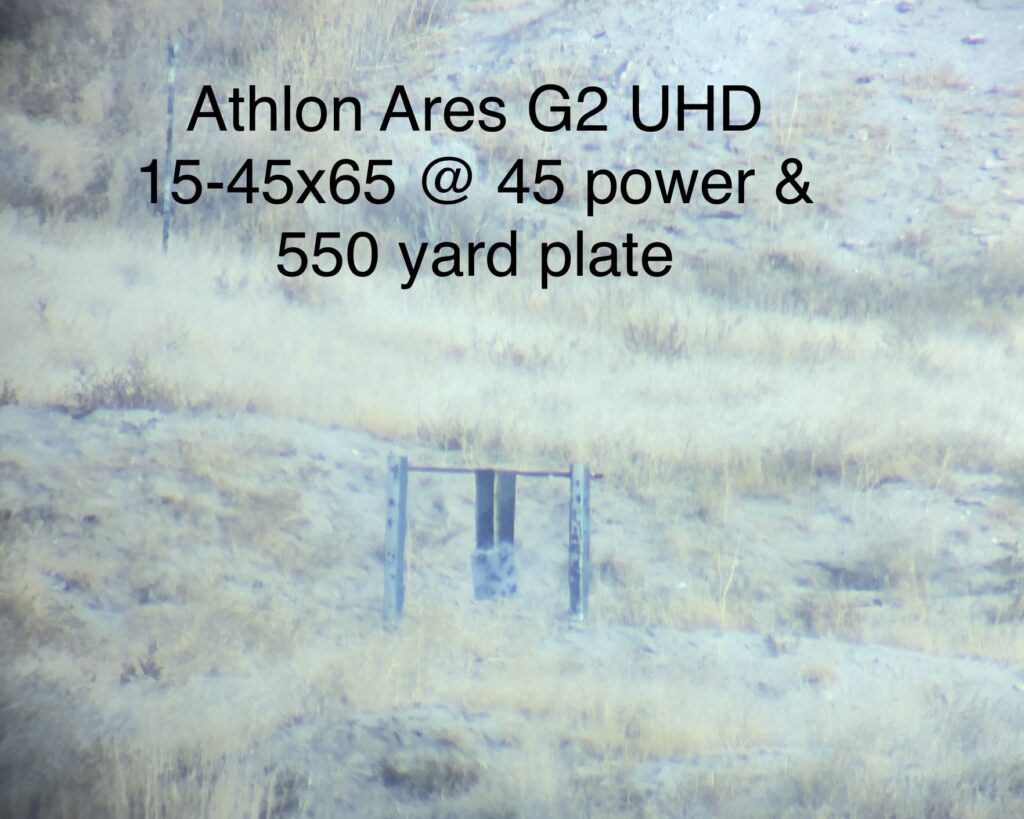
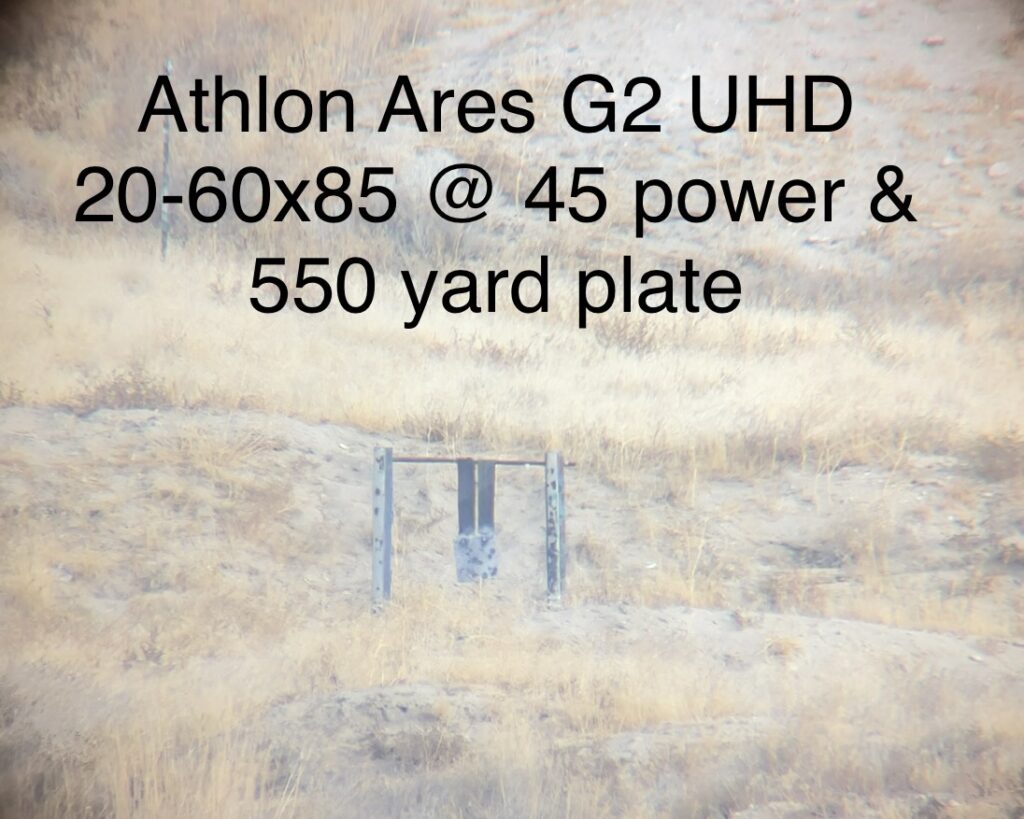
Both have similar edge-to-edge clarity (minimal distortion at the edges) and chromatic aberration (very slight). I thought that the color contrast on the Athlon Ares 85mm spotting scope is better than the 65mm, however. This is mostly due to the difference in the image tint. My eye prefers the warmer tones of the 85mm spotter. The field of view is naturally better on the 65mm because of the lower power range.
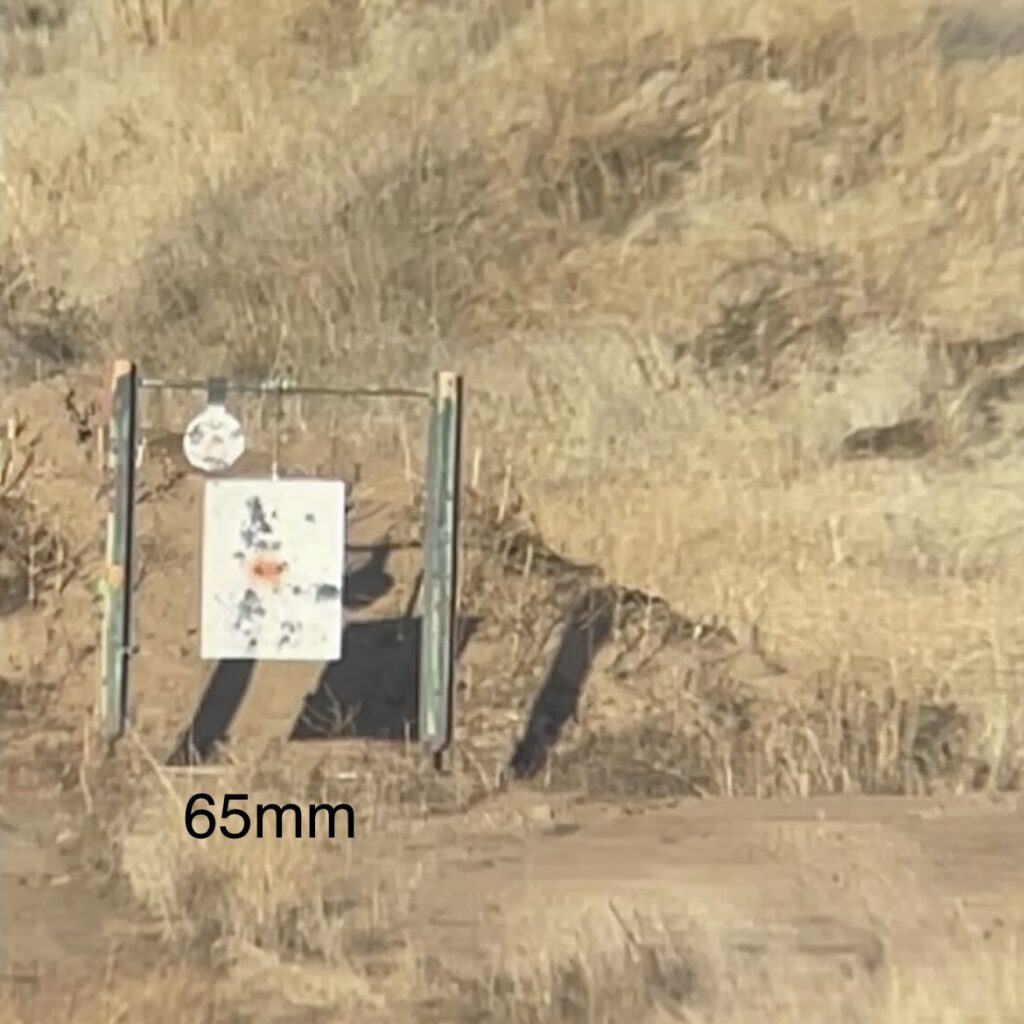
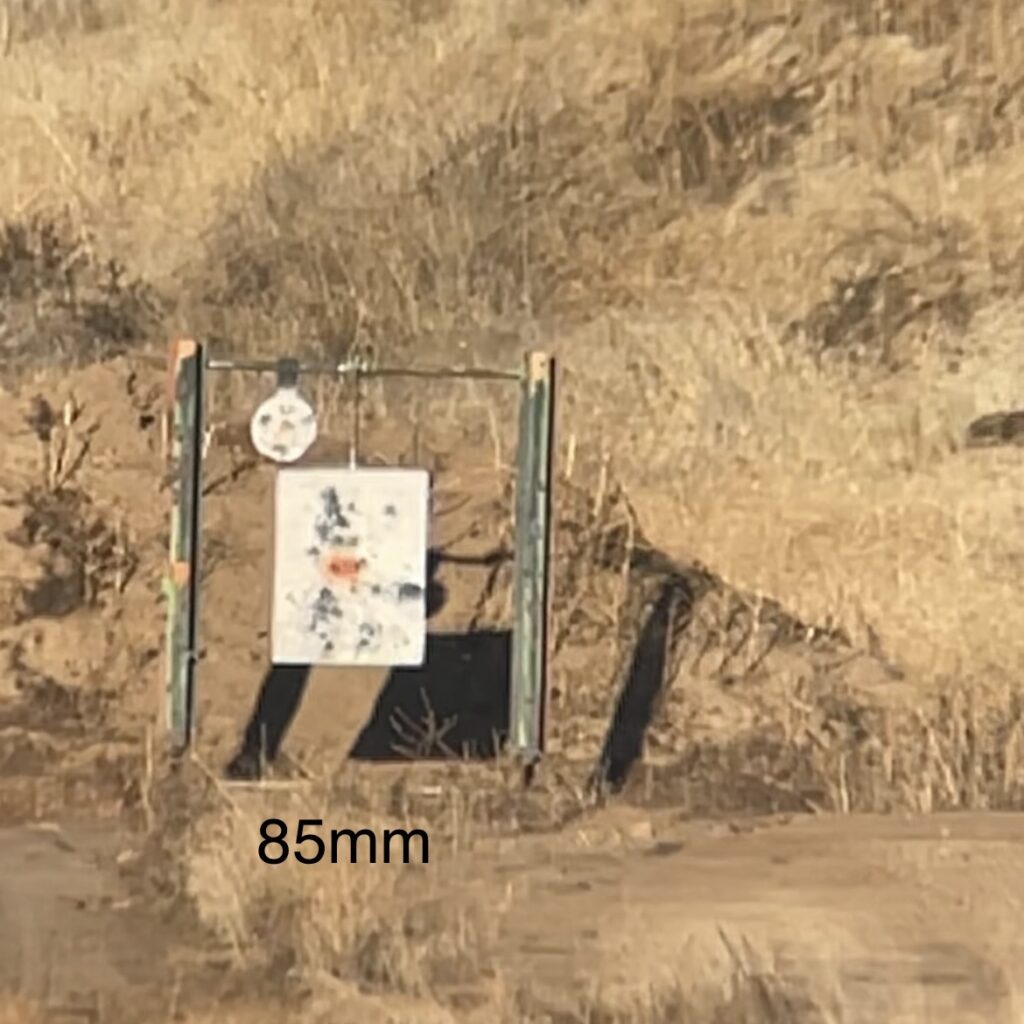
As you would expect the Athlon Ares 85mm spotting scope significantly outperforms the 65mm in low light. This was not as much of an issue while at the range because I was in good lighting. While hunting, the 65mm performed well on lower magnification but struggled the more I went up in magnification. If I tried to zoom in, the image got dark fast.
This was compared to the 85mm where I could use most, if not all, of the magnification and still be able to make out what I was looking at. That’s the biggest give and take with the smaller objective lens of the 65mm vs the 85mm. The better low light performance of the 85mm does come at a cost of extra weight.
Discussions From Field Use: Athlon Ares Spotting Scope Review & Comparison
The Athlon Ares 65mm spotting scope was a favorite for most of the people I showed the scope to at the range when the lighting was good. At the range, the 45 power was more than adequate for seeing bullet holes at 100 yards and impacts on steel out past 1000 yards. Folks were surprised on the quality and clarity for the price point. Many of these folks had never heard of Athlon before, so it was a great first impression.
For the range use, I found myself using the Ares 65mm more than the Ares 85mm as I didn’t feel the need for the additional magnification of the 85mm most of the time. The lighting conditions were great and I had no issues with the darker image of the Athon Ares 65mm vs the brighter Ares 85mm.
In most conditions, the higher your magnification, the more mirage you will see. Typically dealing with mirage is not ideal, but this can be a positive when you are trying to judge the wind down range by reading the mirage. It does, however, make the image blurry when you are trying to spot impacts. Both scopes did really well at the range, but the 65mm has one option that the 85mm just doesn’t have in a fixed 22x eye piece with a reticle.


This Athlon Ares fixed 22 power eye piece has an etched Milliradian (MIL) based reticle which I fell in love with particularly because I use mostly MIL based rifle scopes. The center subtensions are at .2 of a MIL with the outer portions of the reticle being .1 MIL subtensions. There are also multiple “ranging” options within the reticle, but I did not use those features. With the .2 MIL subtensions, I was able to quickly calculate vertical and horizontal corrections while spotting for shooters.
If you do any serious shooting, the reticle is a must. The ability to use the reticle to make accurate correction calls is worth the additional cost of the extra eye piece. I was initially sad that the eye piece was fixed at 22 power but that was quickly turned around after using it for a couple trips on the range. The 22x eye piece gives you a good field of view while still enough magnification to read mirage and spot impacts.
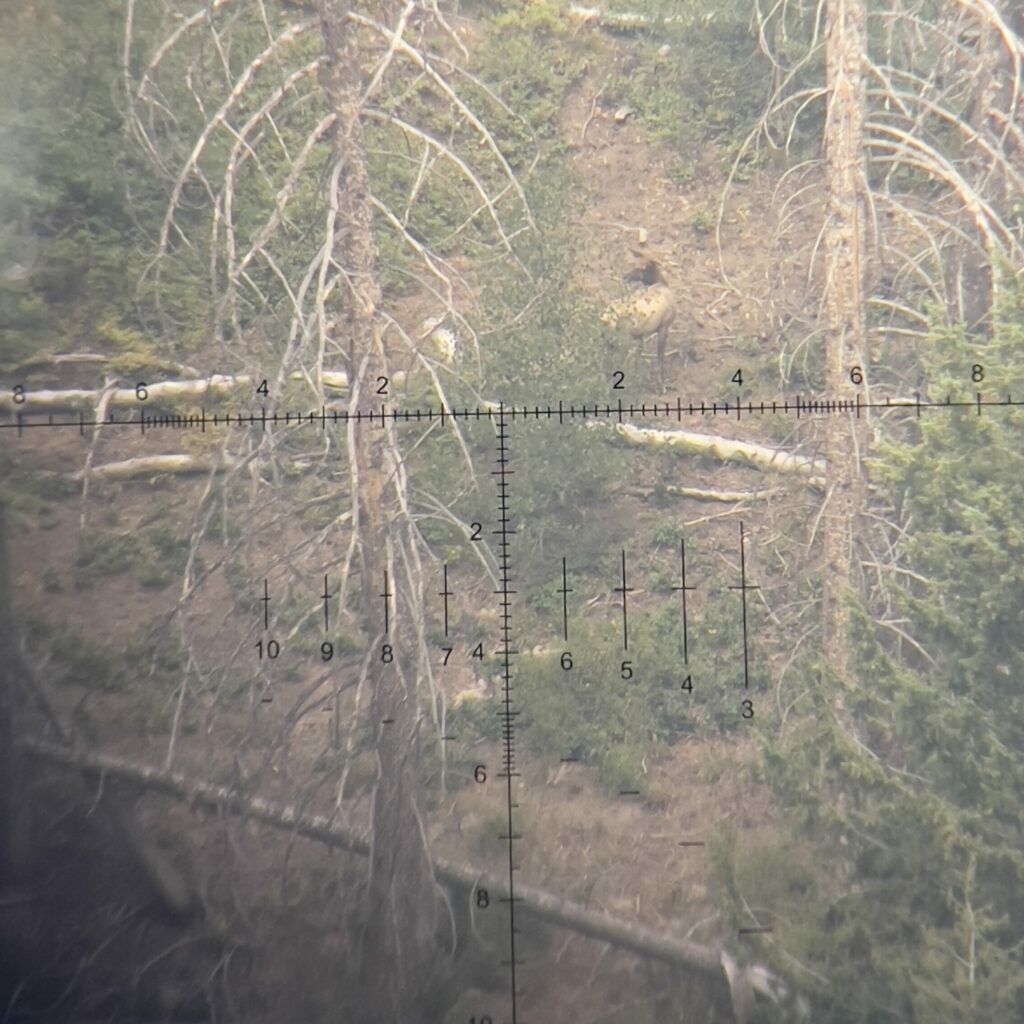
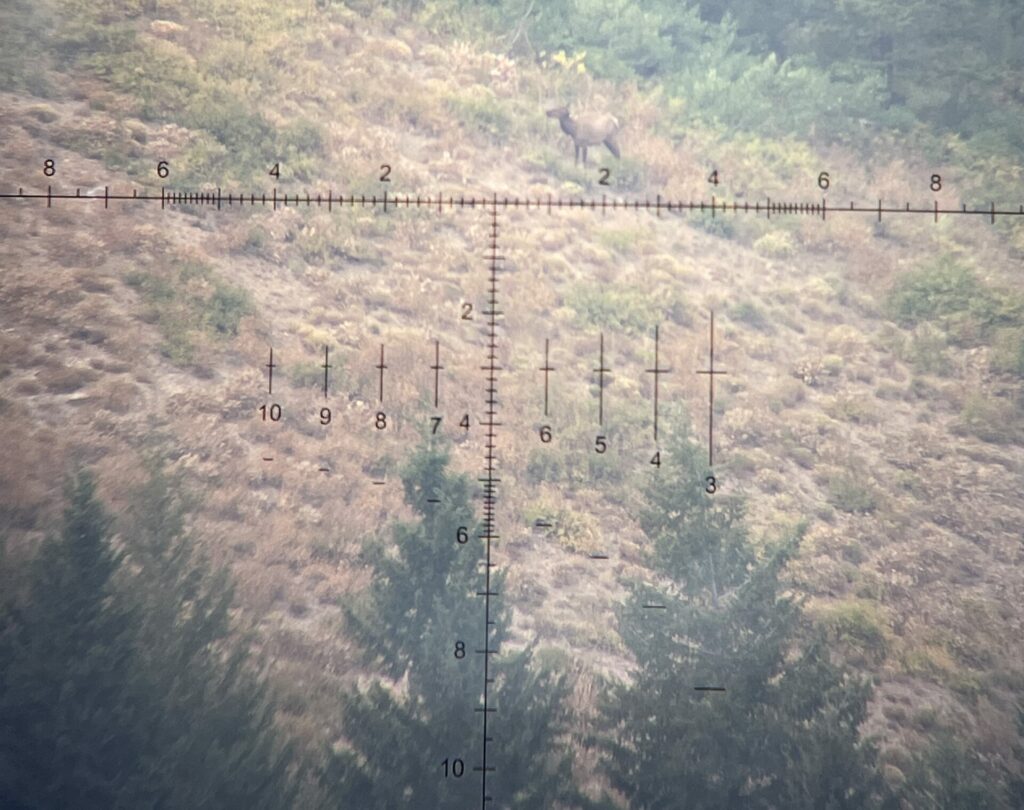
I did not just use the fixed reticle eye piece for the range. I took that configuration out on multiple hunting trips and found that the scope was lighter with the fixed eye piece and a smaller form factor. For most hunting situations, I personally would not elect to take the Ares 65mm spotter over the 85mm as I am willing to carry the extra weight in order to gain the additional low light performance and magnification.
When you are doing most of your glassing during good lighting conditions at the range, the smaller 65mm objective does not matter as much. When you are trying to spot critters at last light while hunting, the 65mm leaves you wanting more.
This is all dependent on what your end goal is for weight too. Personally, if I am going to carry the weight of a spotting scope, I’m going to carry the one that will give me the best performance in low light, as well as the best resolution. This is why I would almost always carry the 85mm over the 65mm while hunting.
There is a significant difference in the weight though, and for that reason, if you are someone who is counting ounces, you may have the opposite approach. The Athlon Ares 65mm spotting scope weighs in at 45oz whereas the Athlon Ares 85mm spotting scope comes in at a substantial 70oz. That’s a big difference if you are trying to go as light as you can. For most people, that 35oz difference is a deal breaker, but again, this is very dependent on the situation and what you are hunting.
Personally, the added magnification and low light capability of the 85mm pushed me to carry it even with the weight penalty. I was able to spot deer in the dark timber from a long ways away during October deer hunts. This was crucial to my success on the hunts as I was able to find deer midday when others were not able to.
For those who have hunted bears, you know how hard it is to field judge through binoculars. The added magnification and low light performance of the Athlon Ares 85mm spotting scope gave me the opportunity to really pick apart bears and properly judge them for their size and sex.
Pros and Cons: Athlon Ares UHD 65mm Spotting Scope
| Pros | Cons |
|---|---|
| Lighter weight | Eyepiece hard for digiscoping |
| Smaller form factor | Less magnification |
| Wider field of view | Decreased low light performance |
| Reticle Eyepiece | Less image contrast |
| Neoprene Cover | |
| Better objective lens cover |
Pros and Cons: Athlon Ares UHD 85mm Spotting Scope
| Pros | Cons |
|---|---|
| Improved low light performance | Larger, bulkier size |
| More magnification | 35oz heavier |
| Better Image contrast | Poor lens covers |
| Easy eyepiece to digiscope | No eyepiece options |
Conclusion – Athlon Ares Spotting Scope Review
I don’t think you can go wrong with either of these Athlon Ares spotting scopes, especially at their price point. I do wish that Athlon would change a few things about these scopes. If you do a lot of digiscoping, you NEED to find one that will work good with the 65mm. The two that I tried with it were okay, but I got frustrated with them and the 65mm eye piece.
Bottom line is, do your own research and pick the best one for what YOUR intended purpose is. There are pros and cons to both, but they are both great options.
Subscribe to Backwoods Pursuit to get Your FREE Backcountry Gear Worksheet!!!
Dial in your gear list, calculate your pack weight, and lighten up your pack with this handy tool!


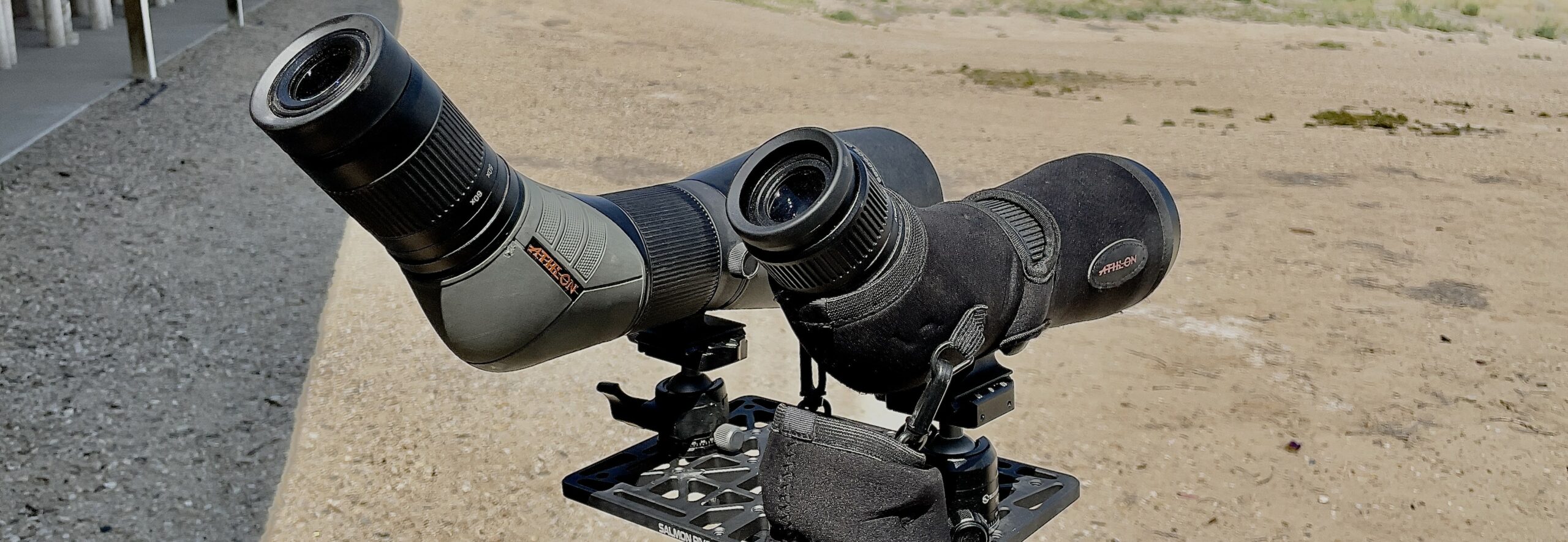
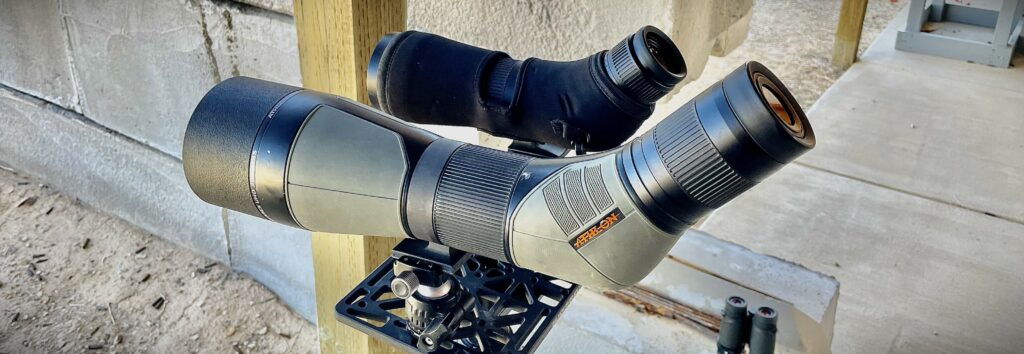

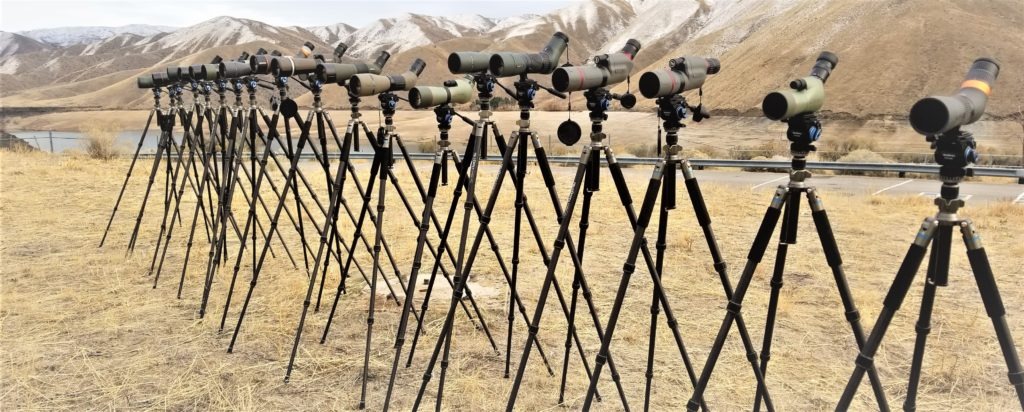




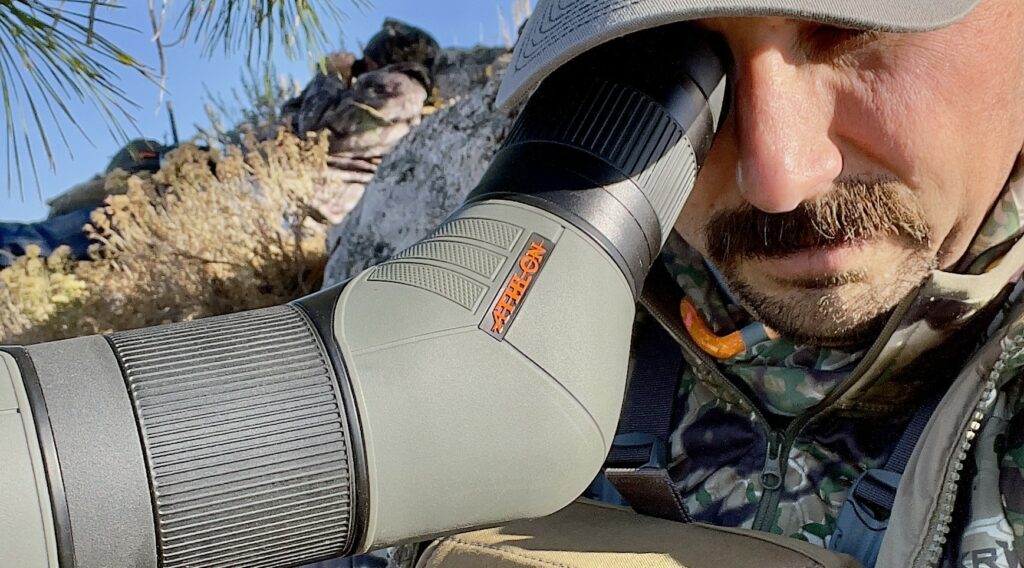
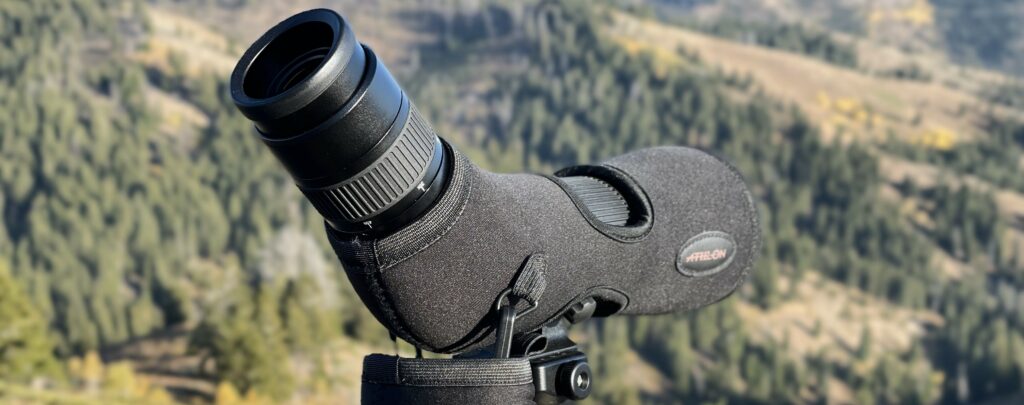

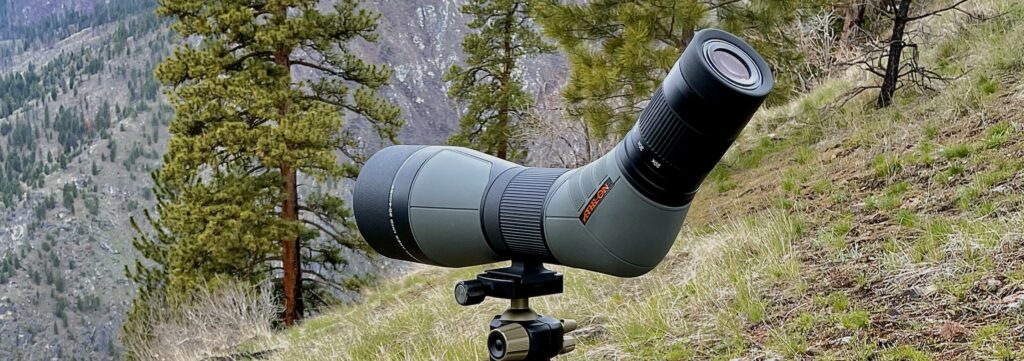



I’m curious if you think the Ares 20-60×85 would be your choose if you could buy the 20-60×86 Cronus for $150 extra?
Hey there! Great question. Personally I would pay the extra $150 for the Cronus G2 20-60×86 as it is better optically. Thanks for reading!
Athlon claims the 22x eyepiece can be used with any Ares G2 spotting scope
Thanks for the info and thanks for reading!